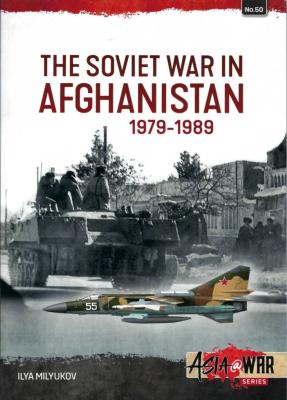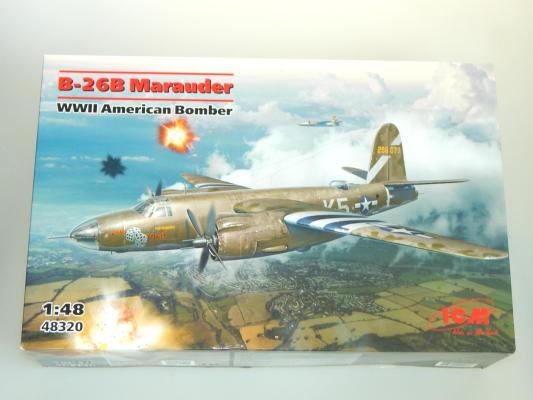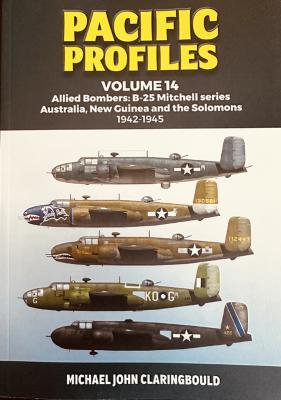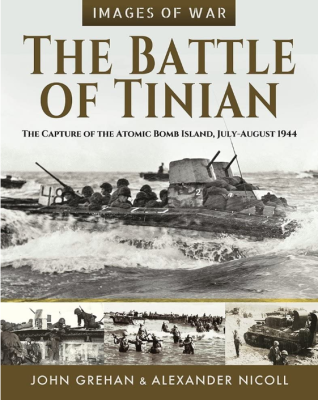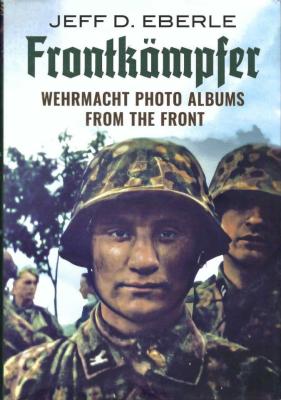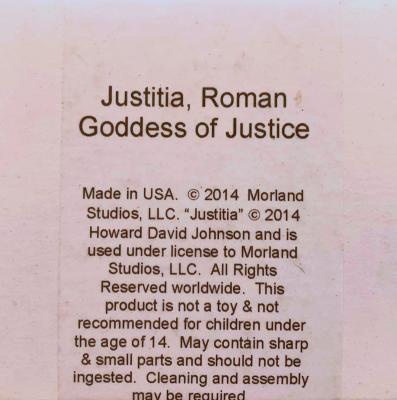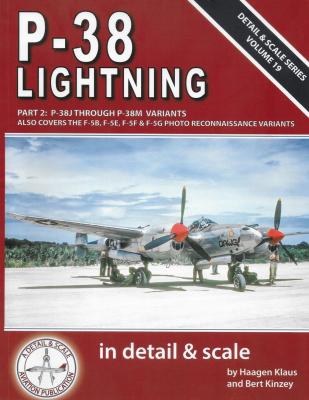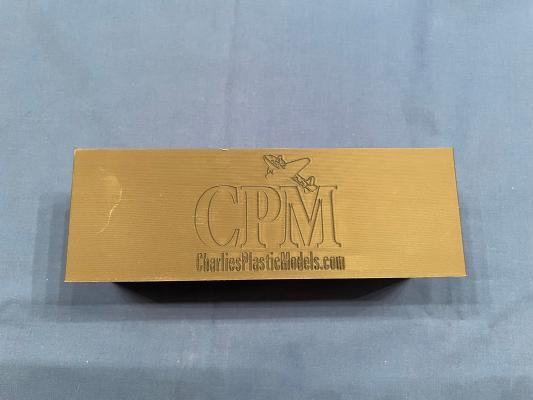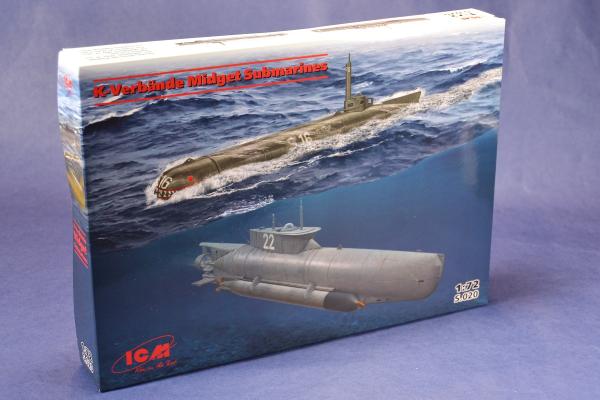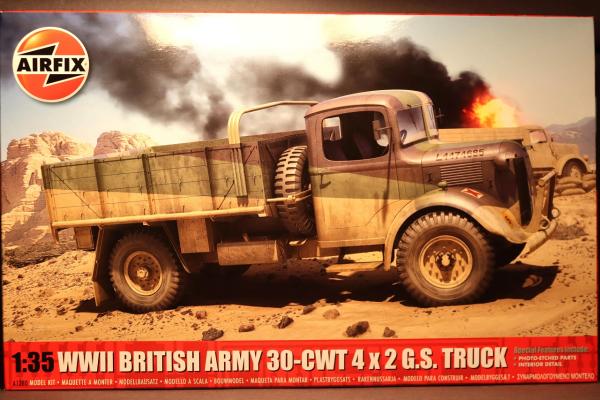The Soviet War in Afghanistan 1979–1989 is a part of Helion and Company’s Asia@War series, No. 50 (HEL 1820). This is not a typical @War series book and is not easy to read due to the author’s incredible research and presentation of facts. It is not written in a narrative format, nor does he shy away from the reality of war and the atrocities this particular war was known. In a rare departure from the almost 200 books in the @War series, an Editorial Note is included before the Introduction. It is so uncommon that a part of the note is highlighted here to put this book in perspective.
What's New
The Martin B-26 Marauder was a twin-engine light bomber which entered U.S. Army Air Forces service in 1941. 5,000 airframes were built, and the aircraft was used in all theaters of operations for the U.S. during World War II. The Martin B-26 was a medium altitude [10,000 to 15,000 feet] bomber with the lowest loss rate of any Allied bomber! Many Allied air forces flew the Marauder including; U.S., British, Free French, Australian, South African and Canadian in combat. At the conclusion of World War II, B-26 crews had flown more than 110,000 operational sorties and had dropped about 150,000 tons of bombs on the enemy. The Martin B-26 was declared obsolete by the United States Air Force in 1948, but few had even been airworthy by this late date. The B-26 designation was transferred to the Douglas A-26 in June 1948 after the Martin bomber was withdrawn from USAF service.
With the newest addition to the “Pacific Profiles” series, Michael John Claringbould has done it again. A subject matter expert on all things Pacific air war, he brings to us a treasure trove of the B-25 Mitchell series in the WWII Pacific theatre. The Pacific Profiles series presents the most accurate WWII profiles of Allied and Japanese aircraft which served throughout Australia, New Guinea the South Pacific. ThisVolume 14 covers those B-25, PBJ & F-10 Mitchell models which served in these theatres from March 1942 until the end of the war. Mitchells served a total of 21 USAAF bomber and reconnaissance squadrons, plus others were operated by the USMC, RAAF and NEIAF.
Frontline books cover a small but vital part of the War in the Pacific in “The Battle of Tinian”.
This is another offering in the Images of War series of books. The book is 175 pages long with over 200 photographs and illustrations.
The book starts with the Battle of the Philippine Sea (occurred just before the Saipan operation began) and the great Marianas Turkey Shoot.
Afterwards, the book looks at how both sides approached the upcoming battles. The Japanese High Command was looking for a final battle to defeat the Allied Forces, and stop their advance. The A-Go battle plan. The Japanese initially thought the next allied attack would happen in the Carolinas Island chain, until air attacks on the Marianas Island chain convinced them (correctly) that the next allied attack would occur there.
The author, Jeff D. Eberle, started collecting authentic photographs and albums from World War II. “Sourced from veterans, auction houses, rummage sales, and antique shops”, he accumulated thousands of photographs. The author’s focus over 30 years ago was the Eastern Front, although he also has the Western Europe, Battle of Britain, North Africa, Norway, the Balkans, and the war at sea present in mostly chronological order. A collection of over 400 of these photographs are presented in this magnificent book.
The photographs and their captions are the focus of the book except for the three pages of commonly used terms and a page and a half introduction. This photographic reference book is composed of the following sections:
- Glossary of Commonly Used Terms
- Introduction
- Part I: 1939-1942
- Part II: 1943-1961
The Introduction is succinct and summarizes the book well:
Morland Studios produces 32mm and 54mm figures; 200mm busts; along with bases and scenics with the focus on quality display miniatures. Morland Studios is the home of the Officially Licensed Nene Thomas, Howard David Johnson, and Order of the Stick miniature lines. Justitia, the Roman Goddess of Justice, is a 54mm metal figure sculpted by Sebastian Archer that was released in February 2015.
The kit comes in a somewhat square box stuffed with confetti-like paper to pad the parts. Pulling out the parts, you get a 54mm white metal figure, a black plastic base, and a zip-lock bag with the remaining kit parts. The zip-lock bag contains two chains and three white metal parts. The Howard David Johnson painting on which this kit is based is depicted on the side of the box.
Detail & Scale produced some incredible references back in the 1980s/90s, and I recall the research within several of them helping to advance my building skills as a young modeler. Recently, the company revitalized itself and has been issuing new (or fully updated) publications with even more comprehensive coverage of aviation subjects. These are now available in digital format as well as traditional printed volumes. As before, there is a brief but detailed history of the subject aircraft, followed by loads of photos of both museum and contemporary aircraft, and a modelers’ section.
The P-38 Lightning Part 2: P-38J through P-38M Variants (also covers the F-5B, F-5E, F-5F & F-5G Photo Reconnaissance Variants) is the first of this newer round of publications I have had the pleasure to read and review.
Ian at Charlie’s Plastic Models has produced several “caddys” to help corral a lot of the modeling tools, glue and other stuff we accumulate in the pursuit of building the next award-winning, or shelf-dwelling model! They are well thought out and the slots and spaces are perfectly designed to securely hold regularly used tools, even my abused and worn sanding sticks!
If you are like me, there will be plastic containers, old glasses, mugs and jars strategically positioned around my modeling desk, containing everything needed to cut, file, glue, paint and scribe.
The Tool Caddy I received for this review was very nicely produced in grey 3 D printed plastic. It is sturdy, and for its size can hold lots of various items. It did not take much imagination or time for me to fill mine full.
ICM has released a dual midget submarine kit in 1/72nd scale. The submarines are U-Boat Type XXVIIB Seehund (early) and Molch.
he K-Verband (in English "small battle unit", derived from Kleinkampfverbände der Kriegsmarine"small battle units") was a World War II German naval unit that operated a mixture of midget submarines and explosive speed boats. It was formed in April 1944 and operated until 26 April 1945.
In The Package
There are two (2) kits provided inside the box, U-Boat Type XXVIIB Seehund (early) and Molch. If bought individually, the MSRP is $31.99 each. Thus, there is great value in buying this dual kit.
There are two (2) bags of sprues packaged. One for each submarine. The Molch has two sets of sprues, gray and clear. While the Seehund only has one gray sprue. Also, each sub gets its own decal sheet and set of instructions. The instructions are well illustrated and assembly is straight forward based on the small number of steps.
The model represents an Austin 30cwt truck in common use with U.K. forces during WWII. I assume that Airfix couldn’t get a license to use the “Austin” name on the box-top. The kit comes in a big, sturdy, and colorful box. Included inside are two parts trees of tan plastic, a piece for the hood, a tree of clear parts, a small fret of photo-etch, decals, and instructions. The trees are bagged to prevent loss of parts. The clear parts and decals are separately bagged to prevent damage. The hood (maybe I should call it a ‘bonnet’ since it is a British truck?) does not come attached to a parts tree, so make sure that you find it before throwing the bags away.

